To provide a secure attachment point for slings, kajdany, lub urządzenia podnoszące, transmit the hoisting force to the load, I (in multi-sheave blocks) provide mechanical advantage by reeving the hoist rope, effectively increasing lifting capacity or reducing required hoist line pull.
Zespół bloków haczyków dźwigowych jest podstawowym, robust component responsible for the safe, wydajny, and controlled lifting, opuszczenie, and suspension of loads on overhead traveling cranes (EOT cranes), Żuty grupy, and monorails. It serves as the crucial link between the crane’s hoisting mechanism (wire rope or chain) i sam ładunek. Zaprojektowany dla wymagających środowisk przemysłowych, its design directly impacts lifting capacity, bezpieczeństwo, and operational smoothness.
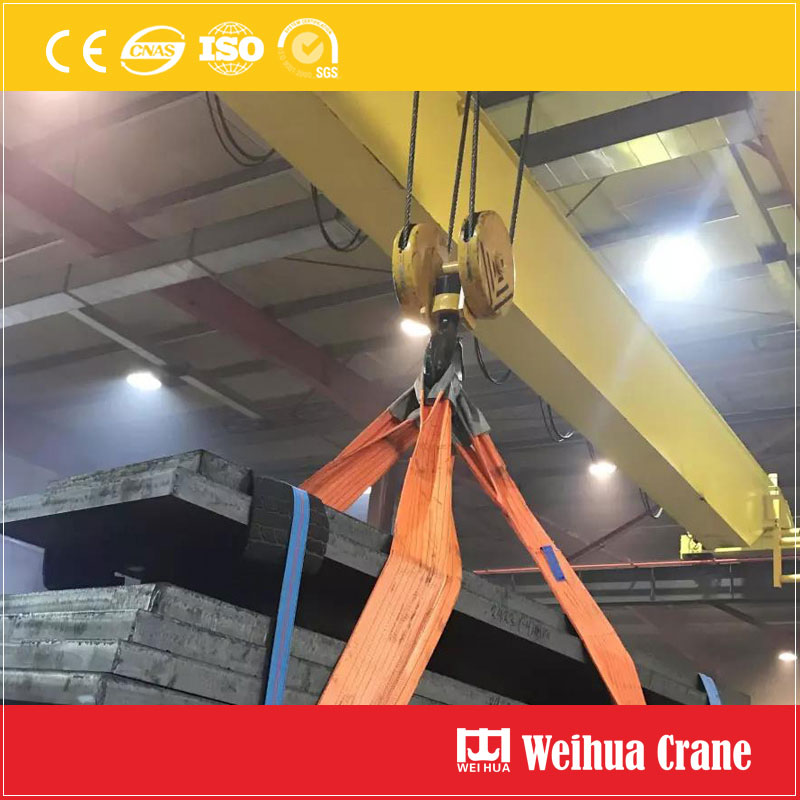
| Parametr | Specyfikacje |
|---|---|
| Bezpieczne obciążenie robocze (SWL) | 1t ~ 500t (Zakres standardowy) • Custom capacities available |
| Typ haka | Kuty stal stopowa (Stopień 80/100/120) • Swivel/Fixed • Safety Latch (Standard) |
| Sheave Configuration | Single/Double/Triple/Quad/6-Sheave • Up to 12-sheave custom designs |
| Materiał krążka | High-Tensile Cast Steel (ZG270-500) • Precision-machined grooves • Hardened surface |
| Reeving Type | Single Reeved • Double Reeved • Equalized (for multi-rope systems) |
| Średnica liny | 6mm ~ 60mm (Compatible with DIN 3052, ISO 2408, ASME B30.30) |
| Typ łożyska | Paski: Spherical Roller Bearings (Self-aligning) • Hook Swivel: Tapered Roller Bearings |
| Obrót | Swivel Hook: 360° rotation under load • Fixed Hook: Non-rotating |
| Zatrzask bezpieczeństwa | Sprężynowy (Standard) • Gravity-Type • Positive Locking (Fakultatywny) |
| Block Housing | Fabricated Steel Plate (Q235B/Q345B) or Cast Steel (ZG230-450) • Powder-coated |
| Zakres temperatur | -25°C to +150°C • Special alloys available for extreme temps (-40°C to +350°C) |
| Compliance Standards | ASME B30.10 • FEM 9.511 • DIN 15401-15404 • ISO 4301/7597 • CMAA 74/70 |
| Znakowania | Laser-etched SWL • Manufacturer ID • Serial Number • WLL at designated angles |
| Funkcje opcjonalne | • Auxiliary hook (20%-33% SWL) • Corrosion-resistant coating (Galvanized/Stainless) • RFID tags for maintenance • Wear indicators on sheaves |
| Inspection Interval | Initial: Pre-use • Periodic: Każdy 6-12 miesiące (per ASME B30.10) |
Critical Notes:
For custom configurations (NP., explosion-proof, high-speed lifts), consult engineering team.
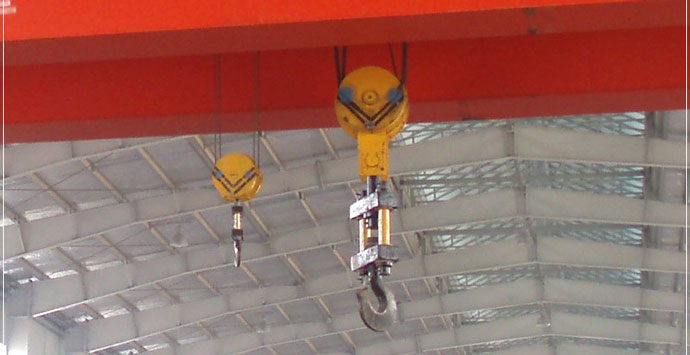
1. Hak: The primary load-bearing element, forged from high-tensile alloy steel (typically Grade 80, 100, lub wyższy). Available in various configurations:
Haczyki dźwigowe obrotowe: Rotates 360° on bearings, preventing load-induced rope twist. Essential for most applications.
Naprawił (Non-Swivel) Hak: Rigidly mounted, used where rotation control is needed.
Zatrzask bezpieczeństwa: A spring-loaded or gravity-operated latch that prevents slings or chains from accidentally disengaging from the hook throat. Mandatory for most safety standards.
2. Snop(s) (Pulleys): Precision-machined, hardened steel wheels grooved to guide and support the hoist wire rope. Mounted on high-capacity bearings for smooth rotation with minimal friction. Liczba krążków decyduje o przewadze mechanicznej (reeving).
3. Blok hakowy / Housing: The central structural frame, usually fabricated from heavy-duty steel plates or cast steel. It:
Securely holds the sheave(s) via robust pins or axles.
Houses the hook suspension (swivel bearing or trunnion mount).
Provides attachment points for the hoist rope(s) and the balancing equalizer (if used).
Protects internal components from impact and environmental factors.
4. Bearings: Critical for performance and longevity:
Łożyska krążkowe: Large-diameter roller bearings (often spherical roller bearings) handle high radial loads and slight misalignment.
Swivel Hook Bearings: Thrust bearings combined with radial bearings allow smooth hook rotation under full load.
5. Lifting Lugs / Equalizer Connection: Points on the block housing where the hoist rope(s) terminate or where an equalizer beam connects to distribute load evenly across multiple rope falls.
6. Rope Guards / Płyty boczne: Protect the sheaves and rope from external damage and prevent rope jump-off. Often incorporate wear plates in high-abrasion areas.
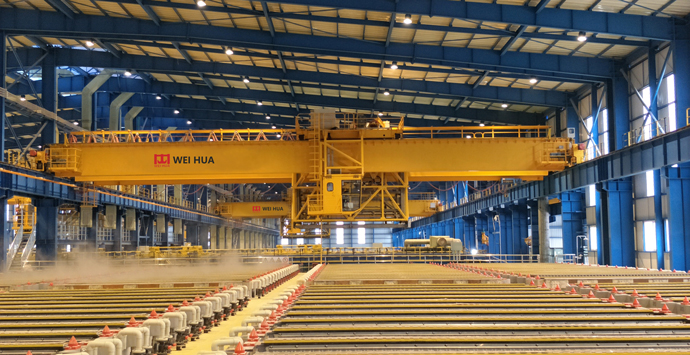
Single Reeved Hook Block: One rope fall entering and leaving the block (single sheave or multi-sheave where rope starts and ends on the hoist drum). Simplest setup.
Double Reeved Hook Block: The rope end is anchored on the block itself, creating two supporting rope parts. Requires fewer sheaves than single reeving for the same mechanical advantage, often resulting in a more compact block.
Obracanie (Obracać) Blok hakowy: Features a hook mounted on a rotating bearing assembly.
Non-Rotating (Naprawił) Blok hakowy: Hook is rigidly attached to the block housing.
Balanced (Equalized) Bloki haczykowe: Used with multiple hoist ropes (NP., 2/1, 3/1, 4/1 reeving). Employ an equalizer beam above the hook block to ensure even load distribution across all ropes, critical for stability and preventing uneven wear. The hook block itself connects to the equalizer.

Wysoka ładowność: Rated for specific Safe Working Loads (SWL) clearly marked on the block. Manufactured to rigorous standards (Z 15401/15402, Fem, ASME B30.10, ISO).
Solidna budowa: Forged hooks, hardened sheaves, heavy-duty housing, and premium bearings ensure durability and long service life in harsh industrial settings.
Safety Critical: Integral safety latch, overload prevention (when part of a system), and strict adherence to design and manufacturing standards minimize accident risk.
Płynna praca: Precision bearings ensure low-friction rotation of sheaves and hooks, reducing wear on ropes and improving control.
Reduced Rope Wear: Properly aligned, hardened sheaves with correct groove profiles minimize abrasion on the hoist rope, extending rope life.
Wszechstronność: Available in countless configurations (SWL, number of sheaves, typ haka, reeving type) to suit virtually any overhead lifting application.
Rotation Control: Swivel hooks prevent dangerous load spinning; fixed hooks offer precise positioning.
Low Maintenance Design: Sealed or greasable bearings and robust construction minimize downtime.
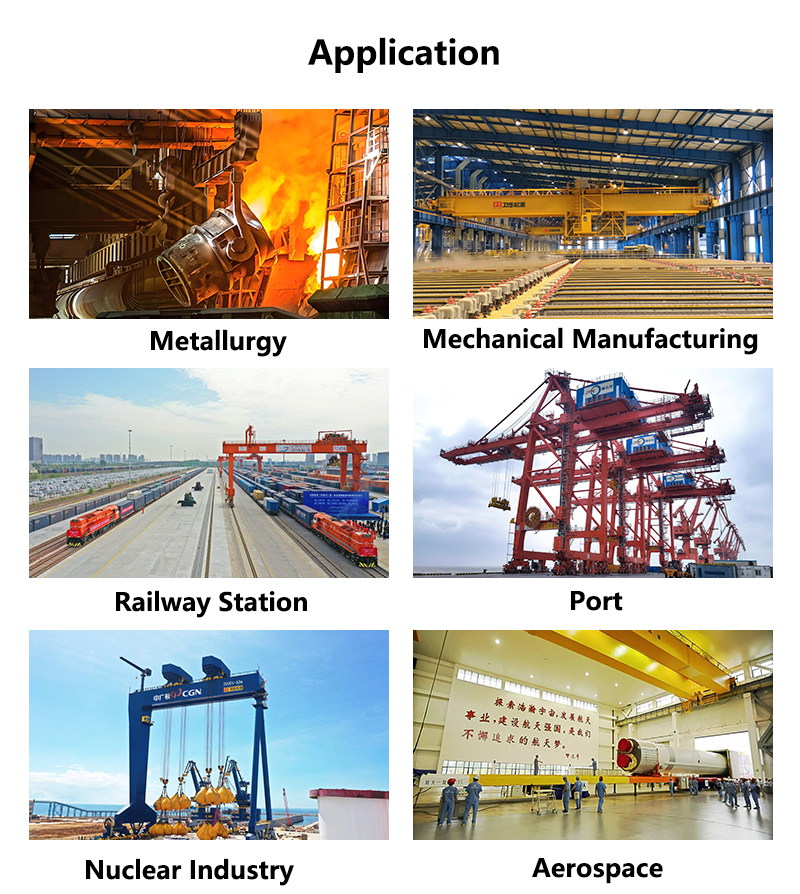
1. Manufacturing Plants (Automobilowy, Stal, Machinery)
2. Magazynowanie & Distribution Centers
3. Odlewnie & Forging Shops
4. Elektrownie & Utilities
5. Stocznie & Dry Docks
6. Place budowy (with gantry cranes)
7. Górnictwo & Bulk Material Handling
8. Scrapyards & Recycling Facilities
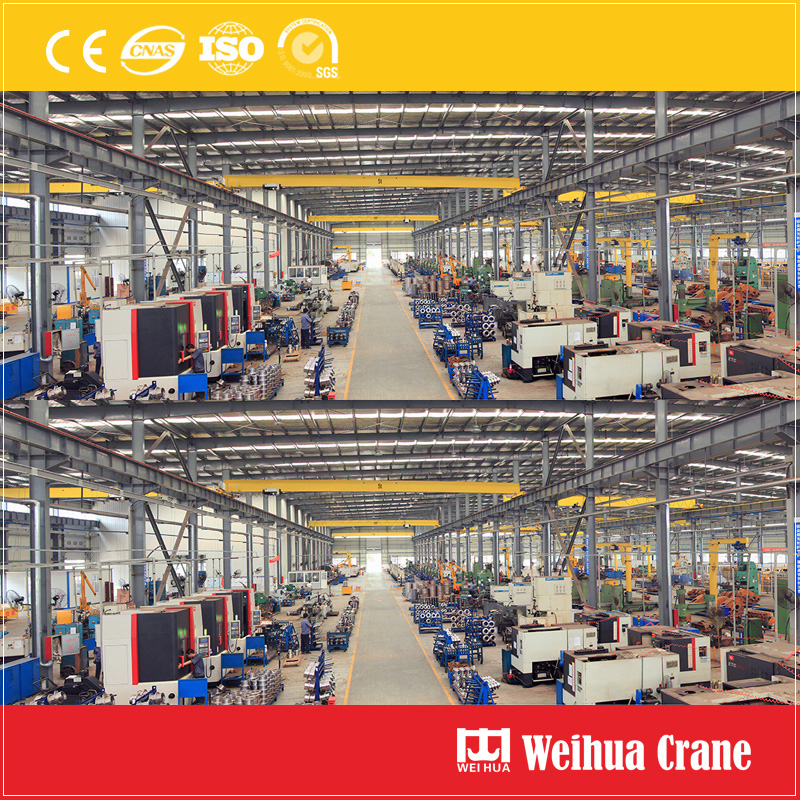
The Overhead Crane Hook Block Assembly is far more than just a hook; to wyrafinowane, safety-critical engineered system. Selecting the correct type, rozmiar, and configuration, manufactured to the highest standards and rigorously maintained, is paramount for safe, niezawodny, and efficient overhead lifting operations. It is the indispensable workhorse interface that transforms crane power into controlled load movement. Always consult crane and block manufacturers for precise selection, instalacja, inspection, and maintenance procedures.
Cenimy twoją opinię! Wypełnij poniższy formularz, abyśmy mogli dostosować nasze usługi do twoich konkretnych potrzeb.
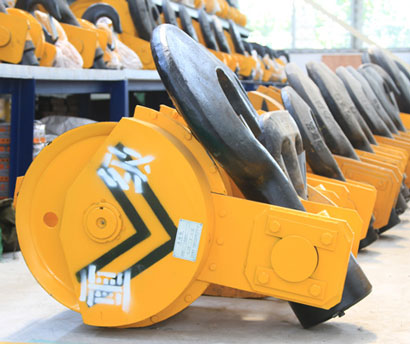
32 Przegląd haka Ton Crane & Aplikacje Ten hak o udźwigu 32 ton został zaprojektowany z myślą o…
Odkryj więcej →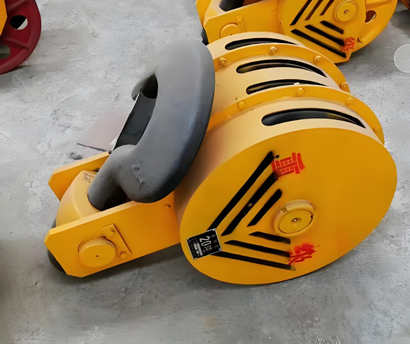
Weihha 10 hak dźwigu tonowego został specjalnie zaprojektowany do ciężkich zastosowań przemysłowych. It a……
Odkryj więcej →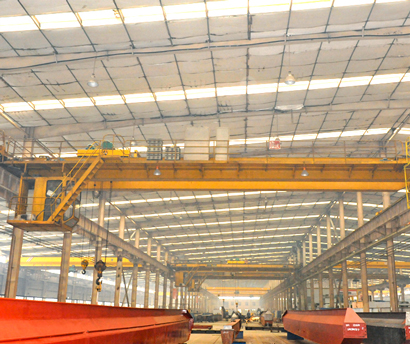
Hook dźwigara pojedynczego dźwigara jest krytycznym punktem końcowym systemu podnoszenia napowietrznego, D……
Odkryj więcej →

Kliknij przycisk, aby uzyskać informacje o produkcie i cytaty na WhatsApp.
Zdobądź wycenę
Najnowsze komentarze